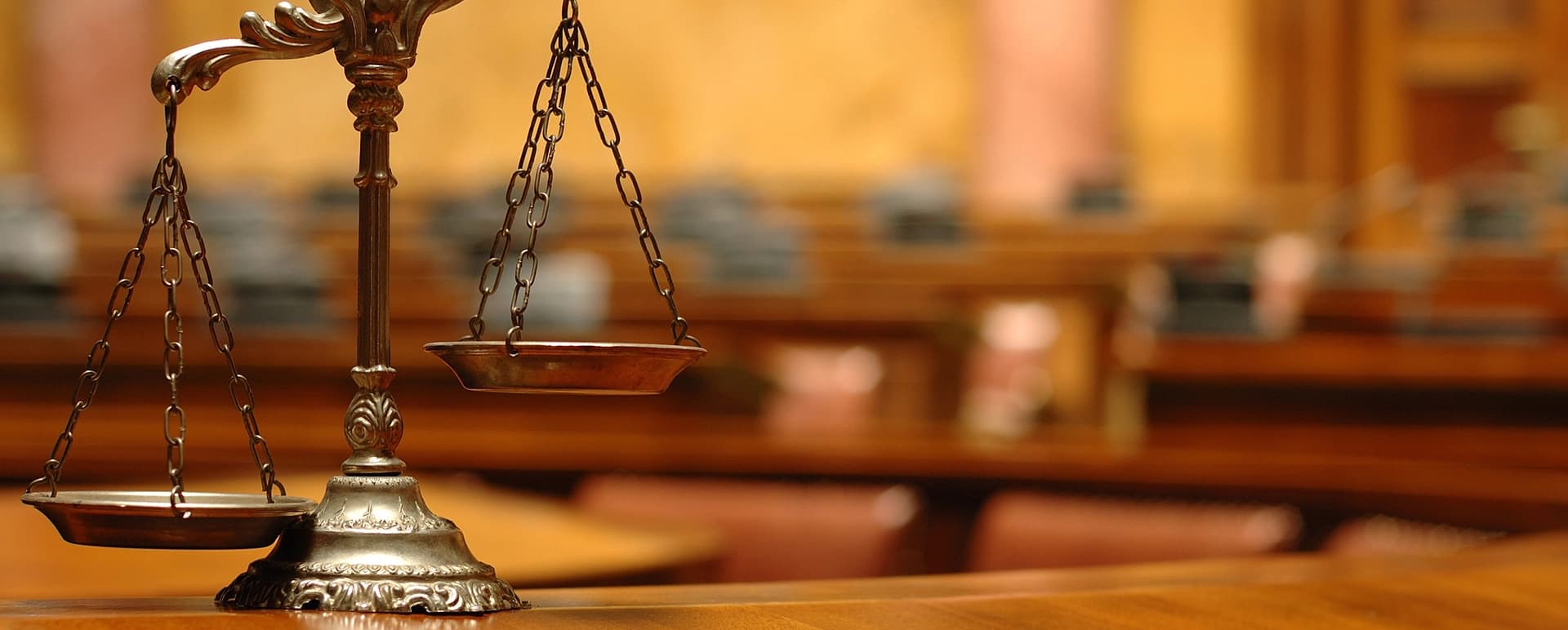Trial Presentation Trusted Experts in Courtroom Technology and Graphics
Trial Presentation Trusted Experts in Courtroom Technology and Graphics
Blog Article
Mesmerize the Court: Vital Aspects of a Powerful Test Discussion
In the realm of lawful advocacy, the capacity to captivate a court is vital to the outcome of a trial (trial presentation). Important elements such as recognizing the audience, crafting a compelling narrative, and understanding spoken and non-verbal communication are crucial elements of an efficient presentation. In addition, the strategic usage of visual help can dramatically boost comprehension and retention of key debates. As these variables intertwine, they form a natural approach that not only notifies yet additionally engages jurors on multiple levels. What specific strategies can genuinely transform a conventional presentation into a remarkable experience for the jury?

Recognizing Your Target Market
Comprehending your audience is a crucial facet of effective trial presentation. An effective discussion rests on the capacity to understand the demographics, values, and proneness of jurors. This comprehension informs exactly how disagreements are mounted, proof is presented, and emotional charms are crafted, ensuring that the message resonates with the jurors on a personal level.
Study suggests that jurors come from diverse histories and might have varying levels of recognizing relating to legal proceedings. In addition, understanding the jurors' possible predispositions and life experiences allows the test speaker to expect objections and address issues proactively.
Effective test discussion likewise entails observing jurors' reactions throughout the proceedings. Engaging with jurors as people rather than a cumulative unit is crucial in fostering a solid link in the courtroom.

Crafting an Engaging Narrative
Crafting a compelling story is important in guiding jurors via the complexities of an instance. A well-structured story not just simplifies intricate lawful concepts yet also involves jurors on an emotional degree, making the details extra relatable and unforgettable.
This message must resonate with the jurors' worths and experiences, promoting a link that goes beyond simple realities. This chronological strategy can help jurors comply with the progression of events, stressing cause and result.
Incorporating human aspects-- such as individual stories or anecdotes-- can additionally boost the narrative's impact. These elements stimulate compassion, permitting jurors to visualize the effects of the instance on realities. Furthermore, using a constant style throughout the discussion enhances the major argument, making it simpler for jurors to maintain crucial points.
Eventually, an engaging narrative transforms a trial discussion from a simple address of realities into a convincing tale that mesmerizes the court, motivating them to mull over with both factor and feeling.
Making Use Of Aesthetic Help
Including aesthetic aids into a test discussion can significantly enhance jurors' my response comprehension and retention of information. Visual products such as graphes, layouts, pictures, and video clips can change complex lawful principles and evidence into conveniently absorbable layouts. By involving multiple detects, these help permit jurors to imagine the instance's vital elements, making it less complicated for them to follow along and realize intricate details.
Moreover, well-designed aesthetic aids can emphasize critical factors and highlight connections in between various items of evidence. For example, timelines can properly show the series of events, while annotated photos can make clear particular information pertinent to the instance. This not just aids in understanding but also reinforces the story provided by the lawyer.
Extremely complex or messy visuals might bewilder jurors and take away from the message. Ultimately, effective visual communication can be a powerful device in encouraging jurors and aiding them get to educated conclusions.
Mastering Verbal Communication
Reliable spoken interaction is vital in a test discussion, as it works as the key means where attorneys communicate their debates and attach with jurors. Understanding this ability entails quality, persuasion, and engagement. Attorneys should express their factors clearly and concisely, avoiding legal lingo that might perplex jurors. Simpleness in language cultivates understanding and aids jurors grasp intricate concerns presented during the test.
In addition, tone and pacing significantly effect how messages are gotten. A certain tone shares authority, while appropriate pacing permits jurors to take in info without really feeling overwhelmed. Attorneys need to likewise vary their singing inflections to emphasize key factors and preserve jurors' interest throughout the discussion.
Furthermore, the organization of spoken arguments find more info is essential. Structuring the narrative realistically and coherently aids jurors adhere to the attorney's logic, making it much easier for them to maintain vital information. Using convincing techniques, such as narration, can also improve the psychological vibration of the disagreements offered, thus developing a much more extensive connection with jurors.
Eventually, mastering verbal interaction not only enhances an attorney's situation but likewise cultivates count on and connection with the court, substantially enhancing the possibilities of a desirable verdict.

Engaging With Body Language
Nonverbal communication plays a vital function in trial discussions, see frequently sharing messages that words alone can not reveal. Body movement, including gestures, pose, face expressions, and eye contact, considerably influences how jurors regard the reputation and sincerity of the presenter. A positive position, with shoulders back and an open position, can infuse trust, while closed-off body movement might suggest defensiveness or unpredictability.

Face expressions should show the feelings connected with the instance, strengthening the story existing. For instance, a genuine expression throughout a poignant minute can evoke empathy and reinforce the emotional charm. Ultimately, mastering body movement is vital for efficient trial presentations, as it improves spoken communication and establishes a compelling existence that reverberates with the court.
Final Thought
Finally, astounding the jury requires a critical approach that includes recognizing the audience, crafting a compelling narrative, using aesthetic help, understanding verbal communication, and engaging via body language. Each component plays a vital duty in developing an effective test presentation that resonates with jurors on both emotional and intellectual degrees (trial presentation). By integrating these components efficiently, attorneys can dramatically enhance their ability to persuade and affect court decision-making
Report this page